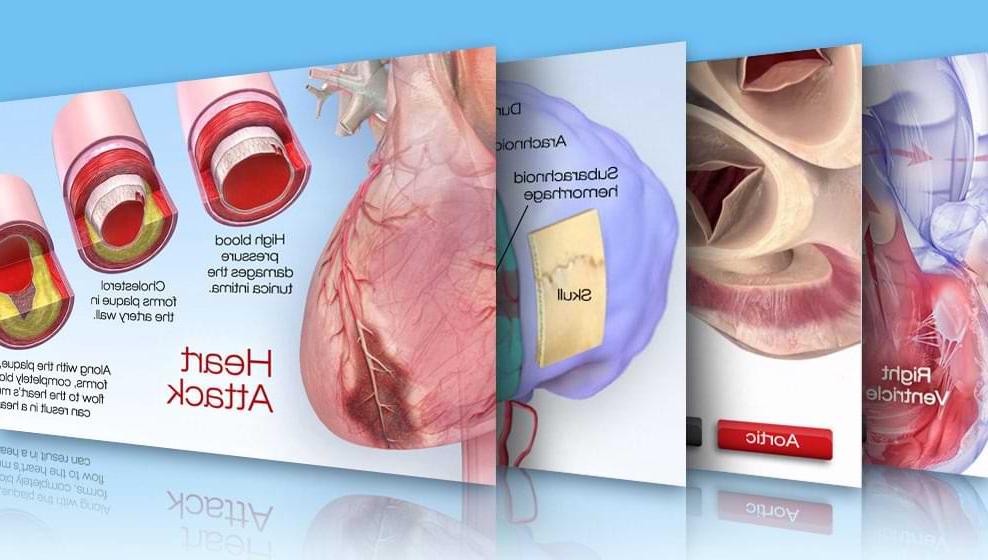动态心电监测
什么是动态心电图仪?
A Holter monitor is a battery-operated portable electrocardiogram (ECG or EKG) device that measures and records your heart’s activity for 24 to 48 hours or longer depending on the type of monitoring used. The device is the size of a small camera on a strap worn around the shoulder, neck or waist. It has wires with small discs (electrodes) that attach to your skin to record the ECG continuously.
为什么人们要佩戴动态心电图仪?
Regular ECGs let your health care professional look at your heart’s activity at one point in time during your ECG test. But abnormal heart rhythms and heart symptoms may come and go. That’s why your health care professional may want to evaluate your heartbeat over time while you go about your normal activities. You may be asked to wear a Holter monitor if you have fast, slow or irregular heartbeats called 心律失常.
Wearing the monitor may tell your health care professional:
- 如果你的药物有效.
- Why you have symptoms such as dizziness, 模糊 or the feeling that your heart is racing or skipping a beat.
- If your heart is getting enough oxygen to meet its needs.
What are the risks of Holter monitors?
Wearing a Holter monitor has no risks and causes no pain.
Because the electrodes are attached with tape or adhesives, they may cause mild skin irritation. Tell the technician if you are allergic to any tapes or adhesives.
What should I expect with the Holter monitor?
A specially trained technician will attach the Holter monitor and instruct you how to record your symptoms while wearing it.
- The technician first attaches the electrodes to your chest. 如果你胸毛多, you may have to have some of the hair shaved off to attach the electrodes firmly.
- 一旦电极就位, the technician helps you put the Holter monitor on and explains how to take care of it.
- You carry the monitor in a pocket or pouch, slung across your shoulders and neck like a purse or camera, 或者系在腰上.
- You can do your usual activities while you’re wearing the monitor with these exceptions:
- 不要洗澡、淋浴或游泳. 显示器不能被弄湿.
- 不要拍x光片.
- Stay away from high-voltage areas, metal detectors or large magnets.
- The technician will show you how to keep a diary of your activities and symptoms during the test. If you feel symptoms such as chest pain, 呼吸急促(气促), 心跳不均匀或头晕, note in your diary the time of day they began and what you were doing. Your diary will be compared to the changes in your ECG recorded by the Holter monitor.
What happens after wearing a Holter monitor?
测试期结束后, return the monitor to the technician who will then process the record of your heart activity and prepare a report for your health care professional. This will include the notes in your diary. You should get the results of the test in one to two weeks.
了解更多:






